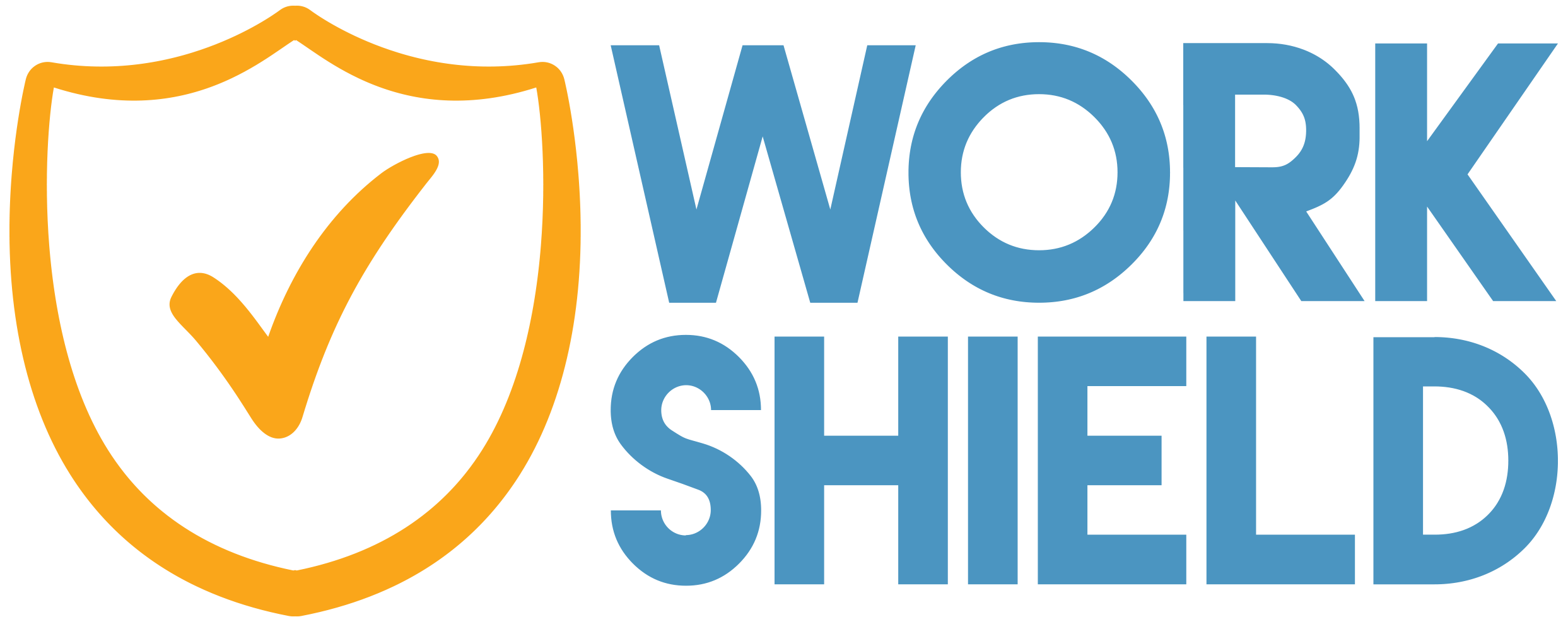At first glance, a quiet workplace might feel like a healthy one. If no misconduct complaints are coming in, it’s easy to assume everything is fine. But if employees aren’t willing to report misconduct, that silence may be a warning sign. In many organizations, incidents go unreported not because they’re rare, but because employees no longer trust the system. They worry about retaliation. They doubt whether anyone will follow through. Or they’re unsure where to even start. When employees stop reporting misconduct, leaders lose visibility into the risks already taking shape, such as financial, legal, and reputational risks. And without that visibility, you can’t act.
Debunking No Reports = No Problems
Misconduct incidents happen in every organization. If your team isn’t filing incident reports, that doesn’t mean problems aren’t happening. In most cases, it means employees have stopped engaging with your internal system. Silence is not a sign of compliance. It often signals that employees do not trust the process. Nearly half of employees say they hold back feedback because they fear retaliation. When leaders fail to escalate concerns or take visible action, employees decide it’s safer to stay quiet.
Without real data from your team, you lose the ability to manage risk. Before you assume silence means success, ask these questions:
- Why are incident reports low?
- Are employees staying quiet because they fear retaliation?
- Do managers understand how to respond to misconduct incidents?
- Have we built a clear and accessible incident management process?
- What happens if someone skips the process and files a lawsuit instead?
When incidents go unreported or underreported, it exposes a breakdown in your internal system.
Identifying Reporting Gaps
A weak incident management process does more than break trust. It creates blind spots across your organization that open the door to financial, legal, and reputational damage.
Financial risk builds quietly. Unreported misconduct incidents drag down morale, increase turnover, and disrupt team productivity. If even one issue escalates into a legal case, the financial toll becomes clear. In 2024, the EEOC secured almost $700 million in monetary relief for workplace harassment victims.
Legal risk grows when leaders minimize or ignore early complaints. If you fail to investigate or apply appropriate corrective action, you leave the door open to litigation. Even if no one files a formal report, your organization can still face liability.
Reputational risk can erupt from a single mishandled issue. Employees who feel ignored often take their concerns public. One bad review or media call can cause long-term brand damage.
To reduce these risks, take a close look at how employees engage with your internal system. Do they know how to report misconduct? Do they trust the process? Are they skipping steps or staying silent? Do managers take timely and consistent corrective action?
Strong misconduct management starts with visibility. If your system hides risk instead of surfacing it, you’re not protected. You’re just unprepared. Understanding the gaps and cracks in your internal processes can help mitigate risks and protect your organization from liability.
Why Third-Party Reporting Isn’t Optional Anymore
If your team doesn’t trust your internal system to report misconduct, they won’t use it. And if they don’t use it, you can’t manage misconduct risk, you can only react to it.
When employees hold back, you need more than reminders and policies. You need a reliable, unbiased solution that gives employees a real path to speak up. A third-party misconduct management platform gives employees options, builds trust, and delivers better data to your leadership team.
With attorney-led investigations and structured, third-party processes, organizations gain access to clear incident reports, real-time trends, and insights that drive action. Solutions like Work Shield’s misconduct management software and solution does exactly that. It reduces noise, accelerates resolutions, and helps you focus your attention where it matters most.
Consider the results:
- An automotive company logged 124 workplace misconduct claims in a single year. Their internal process couldn’t handle the volume. After implementing Work Shield, they saw a 59% decrease in incident reports and cut total incident costs by 84%.
- A Professional Employer Organization (PEO) struggled with capacity and speed. Using third-party misconduct management software, they reduced average resolution time down to five days.
- A national retail brand faced a rise in employee misconduct. With Work Shield in place, they not only improved reporting and response but saw an 81% return on investment within one year.
These are not edge cases. These are proof points that third-party misconduct management isn’t just a compliance upgrade, it’s a business advantage.
How to Empower Employees to Report Misconduct
When employees stop engaging with your system, you lose insight into real issues. A lack of incident reports doesn’t always mean your process is working. It may mean it’s being avoided. Silence is a sign to reevaluate how your team reports, responds and follows through.
A strategic approach starts with clear action:
- Review your internal process: Look at how employees access and experience your reporting options. A clear, well-communicated incident management process gives people confidence to speak up and shows that leadership takes action.
- Strengthen your tools: A third-party misconduct management platform and solution creates consistency, mitigates bias, and gives employees a trusted place to report misconduct incidents. It also gives your leadership team reliable data for decision-making.
- Keep training current: Train employees and managers to recognize and respond to workplace misconduct. Reinforce the process through short refreshers, not just annual checkboxes.
- Use your data to guide change: Look at patterns in incident reports. Are certain teams reporting less? Are incidents clustering around a department or manager? Regular reviews of your misconduct management data can help you identify root causes and improve accountability.
When people understand how to report misconduct, and when leaders act on the information they receive, the process works for everyone. That’s what creates a safer, more transparent workplace, and a stronger business. See how Work Shield’s end-to-end solution can help your organization streamline your workplace incident management processes and mitigate your potential risk.





